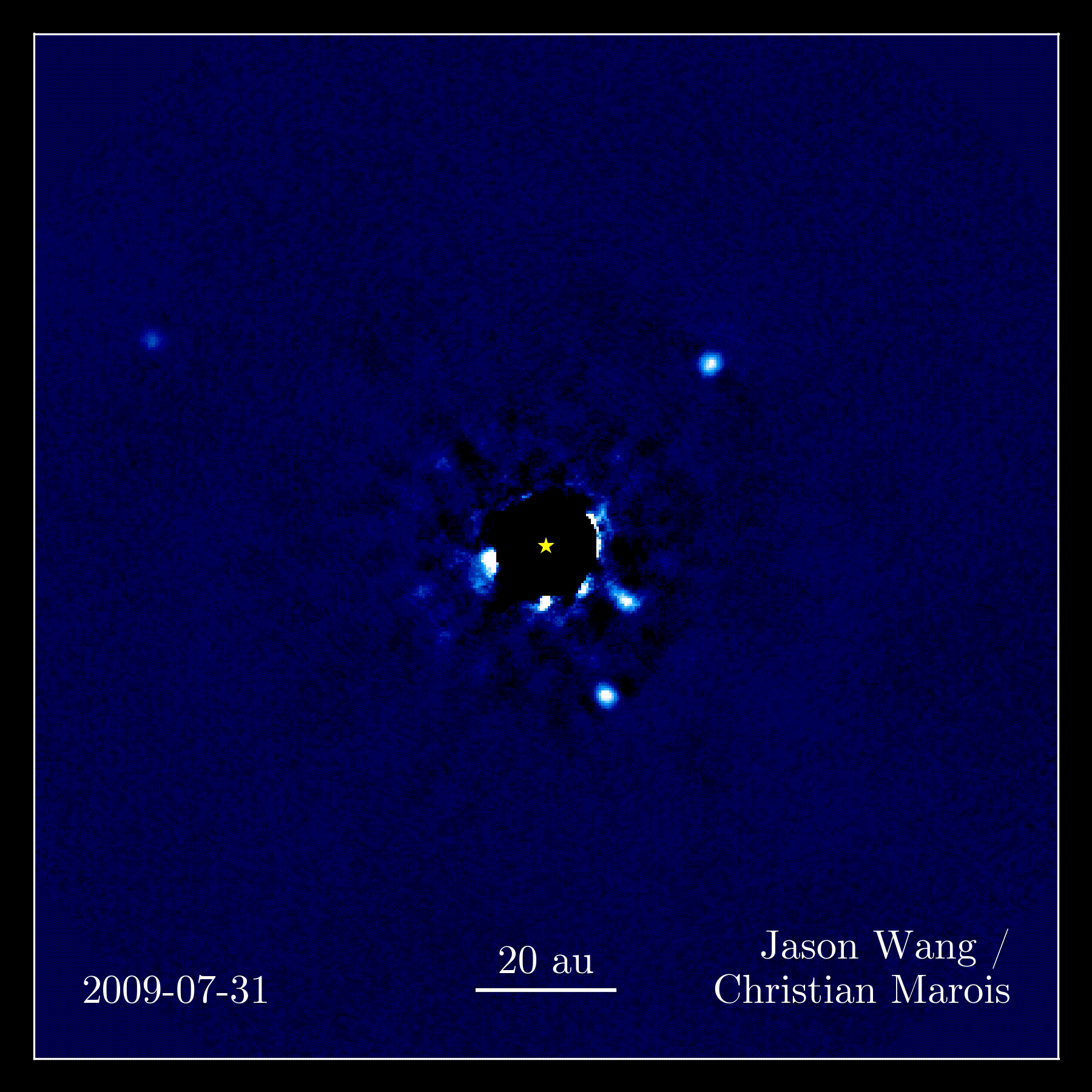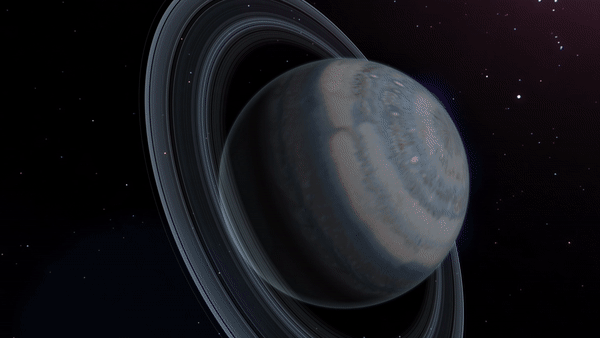A home far away from home
Exoplanets are so dim and distant that they’re practically invisible, even to powerful telescopes. That’s why nearly all of the worlds we’ve discovered around other stars so far have been found indirectly, thanks to the effect they have on their host star. However, relatively recent advancements in technology allow astronomers to take real images and spectra of exoplanets.
Planets can be billions of times dimmer than their host stars, so they’re usually lost in the glare. But by blocking the star’s light using a coronagraph or starshade, astronomers can image fainter planets in orbit. This technique works best for young, nearby planetary systems, whose planets are especially bright.
By studying real images and spectra of exoplanets, astronomers can find out what the planets’ atmospheres are made of. This, in turn, can offer clues about the processes occurring on the imaged worlds, which can affect their habitability. Studying exoplanet atmospheres could even reveal signs of life since living things modify their environment in ways we might be able to detect, such as by producing oxygen or methane.
Directly imaging planets like Earth around stars like our Sun could offer the best means of understanding how our own solar system formed and evolved. More excitingly, it could open our eyes to untold numbers of other potentially habitable worlds.
Roman will bridge the gap
Roman aims to prove that direct imaging technologies that have worked well on ground-based telescopes can perform even better in space. The mission will also extend current observations, which are primarily limited to infrared light, by seeing visible light. This will help astronomers see cooler planets for the first time via the visible light they reflect from their host stars, and even detect clouds.
Roman’s Coronagraph Instrument will offer a crucial stepping stone on the journey to finding life on other worlds. Current direct imaging efforts are limited to enormous, bright planets. These worlds are typically super-Jupiters that are less than a hundred million years old – so young that they’re still glowing from heat leftover from their formation, which makes them detectable in infrared light. They also tend to be very far away from their host star because it’s easier to block the star’s light and see planets in more distant orbits.
But scientists would like to directly image planets that are similar to our own – Earth-sized, rocky planets in the habitable zone of Sun-like stars, the range of orbital distances where liquid water could exist on a planet’s surface. To do so, we need to be able to see smaller, cooler, dimmer planets orbiting much closer to their host stars than current telescopes are capable of detecting.
Roman will move us a step closer by observing planets that are Jupiter’s size circling Sun-like stars, orbiting about as far as Jupiter is from the Sun. The mission will be able to image planets spanning ages up to several billion years – something that has never been done before – demonstrating technology that could be used by future missions to study worlds that are even more Earth-like. It will also offer a complementary way to probe planetary systems by taking images of faint disks of gas and dust surrounding nearby Sun-like stars. Roman may even be able to reveal structures in the disks, such as gaps created by unseen planets.
Roman’s Coronagraph Instrument will include a polarimetry mode that can image the disks around stars in polarized light, familiar to most of us as the reflected glare blocked by polarized sunglasses. Astronomers will use polarized images to study the dust grains that make up the disks around stars, including their grain size, shape, and possibly even mineral properties. Combining observations in regular and polarized light will provide even more information about the disks around stars.
The Coronagraph Instrument will also have a spectroscopy mode, which will allow astronomers to observe the intensity of light being emitted over a range of energies. Astronomers will be able to see not only if a planet has an atmosphere, but also determine whether its atmosphere contains methane or has clouds.

Opening a new frontier
The mission’s Coronagraph Instrument will contain several state-of-the-art components that have never flown aboard a space-based observatory before. For example, it will use specially-designed masks to block the glare from host stars but allow the light from dimmer, orbiting planets to filter through. These masks have innovative, complex shapes that block starlight more effectively than traditional masks.
The Coronagraph Instrument will also be equipped with deformable mirrors, which help counteract small imperfections that reduce image quality. Using these special mirrors, Roman’s images will reveal far dimmer worlds closer to their host star than we would be able to see otherwise. The planets Roman will observe are so faint that the Coronagraph Instrument will include special detectors to count individual photons of light as they arrive, seconds or even minutes apart. No other observatory has done this kind of imaging in visible light before.
Future missions can take advantage of the lessons Roman learns over the course of its mission to help them perform even better. The information Roman provides will help these missions look for life on Earth-like planets, providing a vital step toward discovering habitable planets and possibly learning whether we are alone in the universe.
NASA’s Roman Mission Could Snap First Image of a Jupiter-Like World
NASA’s Nancy Grace Roman Space Telescope will test new technologies for space-based planet hunting. The mission aims to photograph worlds and dusty disks around nearby stars with detail up to a thousand times better than possible with other observatories.
Learn More























